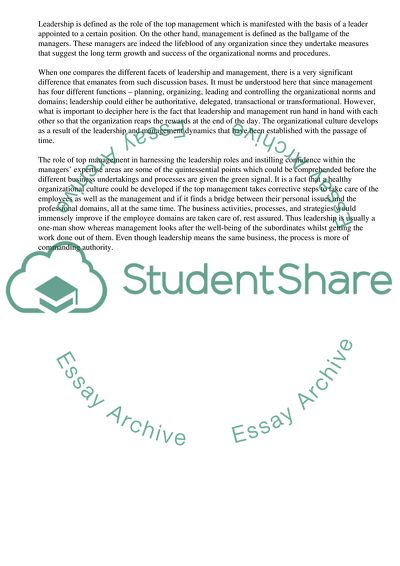Cite this document
(To What Extent Do Public Sector Organizations Need Leaders Rather than Essay, n.d.)
To What Extent Do Public Sector Organizations Need Leaders Rather than Essay. Retrieved from https://studentshare.org/management/1721329-hrm-in-the-public-sector
To What Extent Do Public Sector Organizations Need Leaders Rather than Essay. Retrieved from https://studentshare.org/management/1721329-hrm-in-the-public-sector
(To What Extent Do Public Sector Organizations Need Leaders Rather Than Essay)
To What Extent Do Public Sector Organizations Need Leaders Rather Than Essay. https://studentshare.org/management/1721329-hrm-in-the-public-sector.
To What Extent Do Public Sector Organizations Need Leaders Rather Than Essay. https://studentshare.org/management/1721329-hrm-in-the-public-sector.
“To What Extent Do Public Sector Organizations Need Leaders Rather Than Essay”. https://studentshare.org/management/1721329-hrm-in-the-public-sector.


